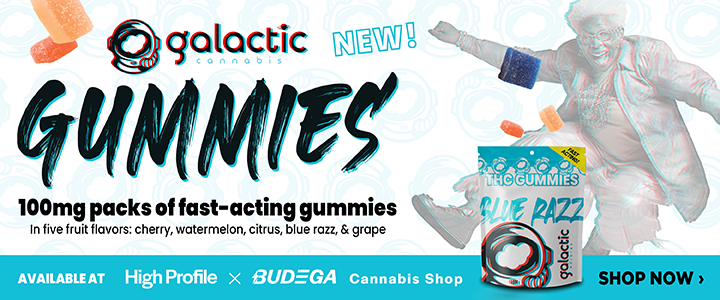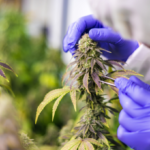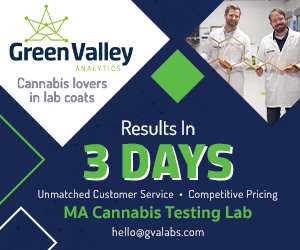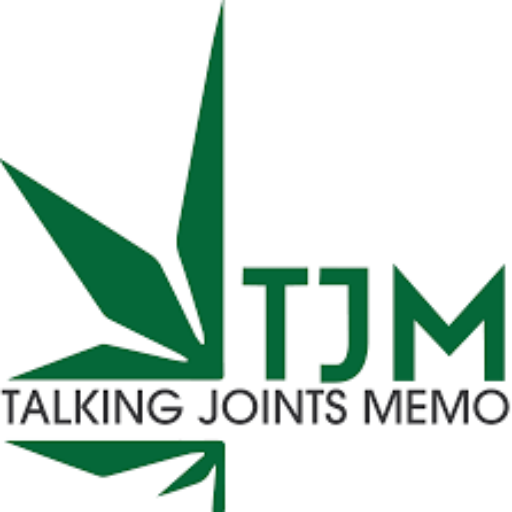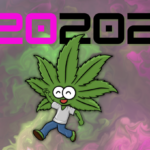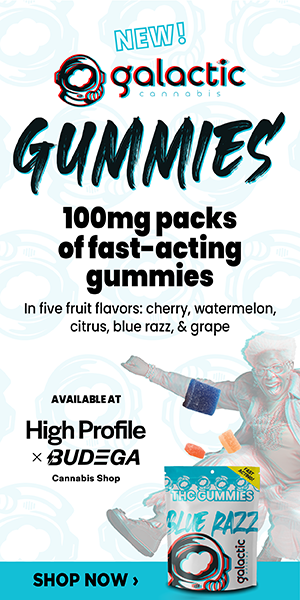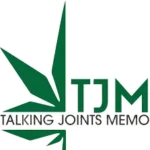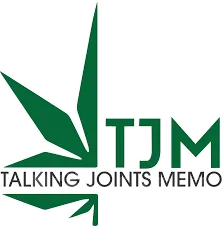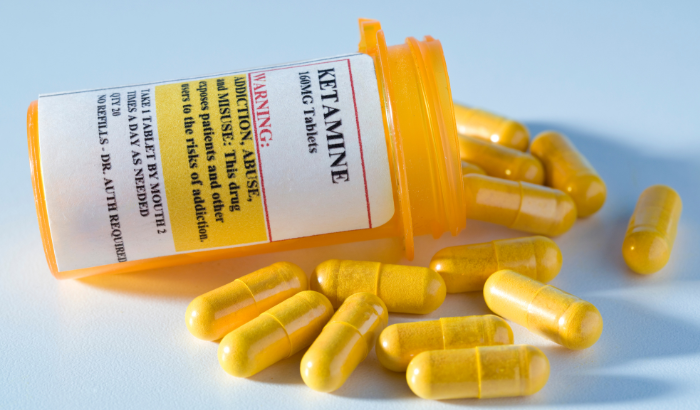
Ready access likely contributed to the downfall of such national treasures as Prince, Tom Petty, and, most recently, Matthew Perry
My theory is that celebrities often don’t do well with addiction. People can get overawed and intimidated by celebrities and can find it difficult to say no. It truly takes a village of people saying no to recover. If members of that village are your personal assistants or fans, they might be tempted to accede to your requests for drugs, when you are struggling to maintain your sobriety, which can be much of the time for the first few years. It is easier to recover – believe me, I know from painful personal experience – if everyone is on the same page in helping you recover. Ideally, your entire community is united in trying to keep drugs out of your path.
Ready access likely contributed to the downfall of such national treasures as Prince, Tom Petty, and, most recently, Matthew Perry. Of course, most people overdose or accidentally perish from drug use without being famous, and die lonely, obscure deaths, which is equally tragic.
The drug that Matthew Perry primarily died from was ketamine, though the coroner also cited the presence of another drug, buprenorphene (Suboxone – a drug that greatly helps with opioid addiction) that might have interacted with the ketamine. There was an open body of water, which is never even remotely advisable when intoxicated and alone. Finally, several other health problems were mentioned such as lung and heart disease. Talk about a perfect storm. However, to explain his death, we don’t really need much more than a strong intoxicant such as ketamine (it could just as easily have been alcohol), a lack of companionship or supervision, and an open body of water.
According to news reports, Mr. Perry was receiving treatment for depression from a (basically) legal, licensed ketamine clinic. According to the post-mortem drug tests, he was clearly supplementing his usage significantly beyond what would be expected to be in his blood from the therapeutic ketamine infusion he received. Ketamine doesn’t last particularly long in the bloodstream and the high levels found ketamine at autopsy were not at all consistent with an infusion ten days earlier. At that point, ketamine might not even show up on a drug test if not supplemented.
Ketamine is getting a lot of attention recently and it’s important to understand what it is, what it might be able to do, and what the risks are.
What is ketamine?
Ketamine is an unusual type of psychedelic drug — called a dissociative — that is undergoing a resurgence in popularity. Originally derived from PCP, or “angel dust,” ketamine has been used in hospitals, on the battlefield, and in veterinary clinics as an anesthetic for decades. It has also been cited as a drug of misuse under the moniker “special K.”
The effects that ketamine reliably produces underlie both its medical and recreational uses: pain control, forgetfulness, relaxation, intoxication, disassociation, and euphoria. I tried it once and it left me feeling very hopeful – a feeling that has persisted.
Recently, it has been used more widely due to its approval for treatment-resistant depression (TRD) — that is, severe depression that has not improved via multiple other therapies, including people who are experiencing suicidal thoughts.
Evidence of the benefit of ketamine
A prescription version of ketamine called esketamine (Spravato), administered through a nasal spray, was approved in 2019 by the FDA for TRD; however, according to the guidelines, it is only to be used “under the supervision of a health care provider in a certified doctor’s office or clinic.” That means medical professionals need to watch you use it, and then follow you for a few hours after you’ve taken your dose, checking your vital signs and how you are doing clinically.
The effectiveness of ketamine for TRD was first demonstrated for short-term treatment in research that resulted in clinically and statistically significant decreases in depression scores for ketamine versus placebo. (In both groups in this study, the patients continued with their regular antidepressants because of concern of not treating TRD with at all in the placebo arm.) Nasal ketamine was shown to have longer-term efficacy, in another study where ketamine (plus the regular antidepressant) helped people stay in stable remission 16 weeks into treatment.
Relief from TRD with ketamine happens rapidly. Instead of waiting for an SSRI to hopefully provide some relief over the course of weeks, people who are suffering under the crushing weight of depression can start to feel the benefits of ketamine within as little as 40 minutes. If this data is replicated, it may prove to be game-changing for certain subsets of depression.
Is ketamine the right treatment for you?
This is a discussion that should include your primary care doctor, your mental health provider, and, ideally, any other health care professionals who care for you. It’s important to remember that ketamine isn’t a first line option treatment for depression, or for anything else, except for anesthesia. It is generally used only when other, more longstanding treatments haven’t been effective. It is not thought to be curative; rather, it improves symptoms for a certain amount of time. It is not currently clear who should qualify for treatment with ketamine and it is easier to say who isn’t appropriate for ketamine treatment, based on the potential side effects (see below).
Should you go to a ketamine clinic for treatment?
Independent, outpatient ketamine clinics are popping up all over the place. It is estimated that there are currently hundreds to thousands of these clinics — almost all of which were established in or after 2019 when ketamine was approved for TRD. Typically, these clinics are for-profit enterprises that are staffed by some combination of either a psychiatrist or an anesthesiologist (who can administer the infusion), a nurse, a social worker, and (of course) the businesspeople who make it all work.
In writing this piece, I called several ketamine clinics, to investigate what would be involved in potentially receiving ketamine therapy. Most of them seemed as if they would provide ketamine for me without any major hurdles, after an introductory medical interview by a nurse or a social worker. A few clinics required communication or a diagnosis from my psychiatrist — and this seemed quite sensible.
The clinics operate on a fee-for-service arrangement, so you would pay out of pocket, as insurance rarely covers this treatment. In the Boston area where I live, the ketamine infusions cost about $600-800 each, and a course of six infusions and a clinical re-evaluation are typically recommended. I should note that the ketamine clinics affiliated with medical academic institutions seem to have more safeguards in place. Many of these institutions appear to be focused strictly on the injection of the drug and not on the inclusion of ‘ketamine assisted therapy’. Many practitioners believe the therapy component, which helps people ‘integrate’ their experience, is a critical piece of treatment, though this is still being studied.
Are ketamine clinics safe?
These ketamine clinics raise many questions — namely, what does one look for in a reputable and safe ketamine clinic? Currently, we don’t yet have definitive answers to that question. One wonders if a ketamine infusion, which can cause a profound dissociation from reality, would be better controlled in a hospital setting, where there are protocols for safety in case anything goes wrong, such as profound dissociation or blood pressure swings. It was unclear (in part because I didn’t actually go through with this therapy) how much communication, if any, there would be between the ketamine clinic staff and your health care providers. Typically, the treatments you receive would not be included in your primary electronic medical record, which can be dangerous.
What are the side effects?
Ketamine is generally considered to be relatively safe, including for those who are experiencing suicidal ideation (thoughts or plans for suicide). The main side effects are dissociation, intoxication, sedation, high blood pressure, dizziness, headache, blurred vision, anxiety, nausea, and vomiting. Ketamine is avoided or used with extreme caution in the following groups:
- people with a history of psychosis or schizophrenia, as there is concern that the dissociation ketamine produces can worsen psychotic disorders or symptoms
- people with a history of substance use disorder, because ketamine can cause euphoria (likely by triggering the opioid receptors) and some people can become addicted to it (which is called ‘ketamine use disorder’)
- teenagers, as there are some concerns about the long-term effects of ketamine on the still-developing adolescent brain
- people who are pregnant or breastfeeding
- older adults who have symptoms of dementia
More detailed research needs to be done on the longer-term benefits and side effects of ketamine treatment, and on its safety and effectiveness for teens and older adults, as well as for the emerging indications of ketamine therapy for PTSD, OCD, alcohol use disorder and other mental health conditions. If it continues to prove to be so dramatically helpful, we will need insurance coverage so that it doesn’t just become another treatment for the well to do.
Finally, there is some concern that, with repeated dosing, ketamine can start to lose its effectiveness and require larger doses to produce the same effect, which is not sustainable. Recently the FDA put out an advisory warning against use of ketamine in unregulated settings.
Ketamine could provide hope for people with major depression
Ketamine was recently given a black eye in the national media due to the overdose death of Matthew Perry. This is a profoundly tragic outcome, but it shouldn’t blind people to the emerging evidence of the vast medicinal potential of ketamine.
Serious, treatment-resistant depression can rob people of hope for the future and the belief that they will ever feel better. Ketamine can provide help and hope to patients who have not found relief with any other treatments. Given its apparent efficacy in people at risk for suicide, it is plausible that ketamine may be lifesaving.
As we learn more from research on ketamine and from people’s experiences in the newer clinics, we will be better able to answer the questions of ketamine’s longer-term effectiveness and what safeguards are needed for treatment. We may also learn who is most likely to safely benefit from ketamine therapies, how important the therapy component is, and which is the best method of administration: intravenous infusion, a nasal spray, or a pill.
The guest feature above was excerpted from Dr. Peter Grinspoon’s newsletter, Grinspoon on Drugs. We also recommend buying his new book, Seeing Through the Smoke: A Cannabis Specialist Untangles the Truth about Marijuana, via his site here.


